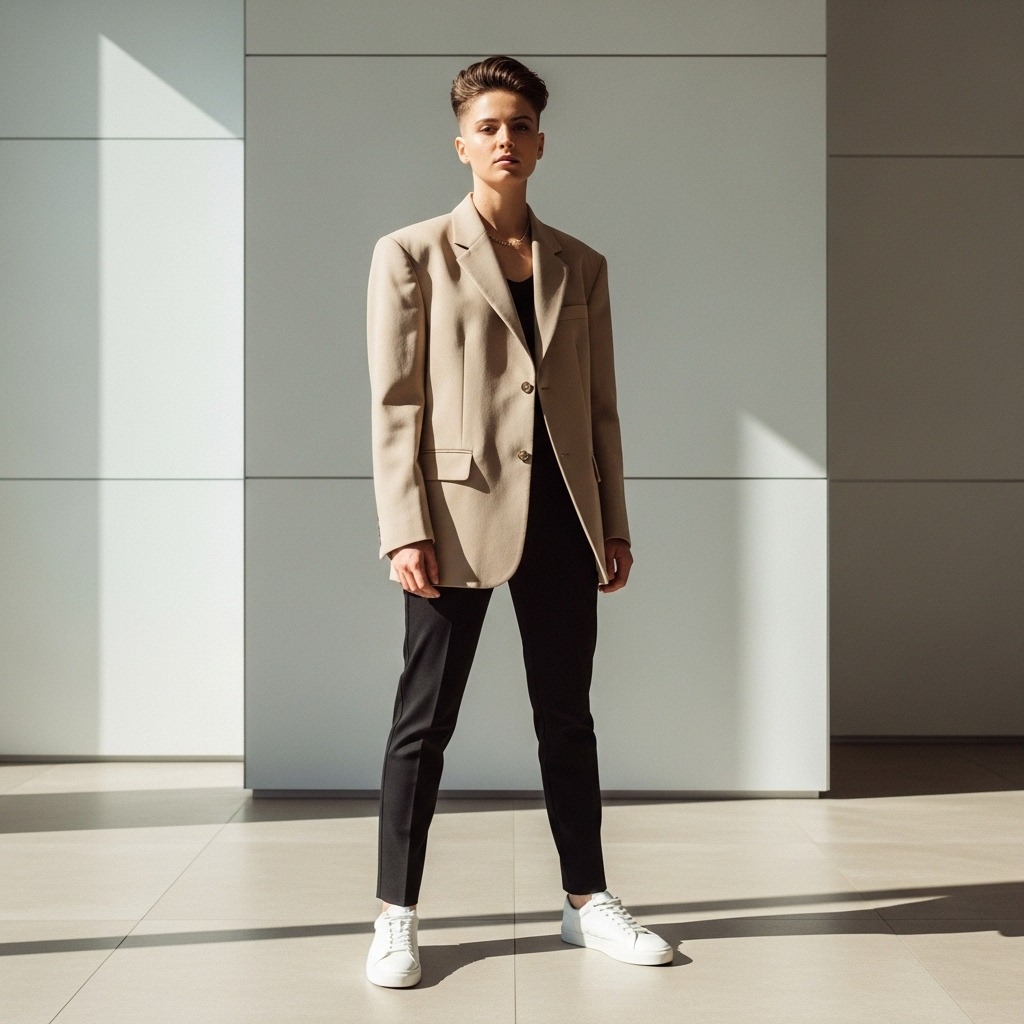Blog
Streetwear Revolution: The Rise of Urban Fashion

Streetwear, once a subcultural fashion movement born on the streets of New York and Los Angeles, has grown into a global phenomenon. Its influence has crossed the boundaries of music, art, and luxury fashion, blending casual style with cultural expression. But how did a style rooted in skateboarding and hip-hop become a staple on high fashion runways?
The Origins of Streetwear
Streetwear began in the 1980s with brands like Stüssy, which borrowed surf culture and punk elements to create something new. Soon, hip-hop artists started to adopt these styles, adding baggy jeans, oversized T-shirts, and branded sneakers to the mix. The streets were the runway, and authenticity was key.
Cultural Impact
Streetwear is more than just clothes—it’s identity, rebellion, and storytelling. Wearing a Supreme hoodie or a pair of Yeezys sends a message. These items speak to exclusivity, status, and a certain cultural fluency. The fashion reflects youth culture, politics, and even resistance.
The Hype Model
One reason for streetwear’s explosive growth is its marketing strategy. Brands like Supreme and Palace created a culture of scarcity—limited releases, long queues, and resale markets with astronomical prices. This “drop culture” turned clothing into collectable art.
High Fashion Meets the Streets
Luxury brands couldn’t ignore streetwear’s grip on the market. Collaborations between Louis Vuitton and Supreme or Gucci and North Face redefined what fashion could look like. Streetwear proved that prestige doesn’t only come from tailoring, but from cultural capital.
The Future of Streetwear
Today, streetwear is evolving. It’s becoming more sustainable, more inclusive, and more global. Brands from Tokyo, Seoul, Lagos, and São Paulo are shaping the new generation of streetwear. The movement continues to be democratic, pushing boundaries and giving voice to underrepresented communities.
